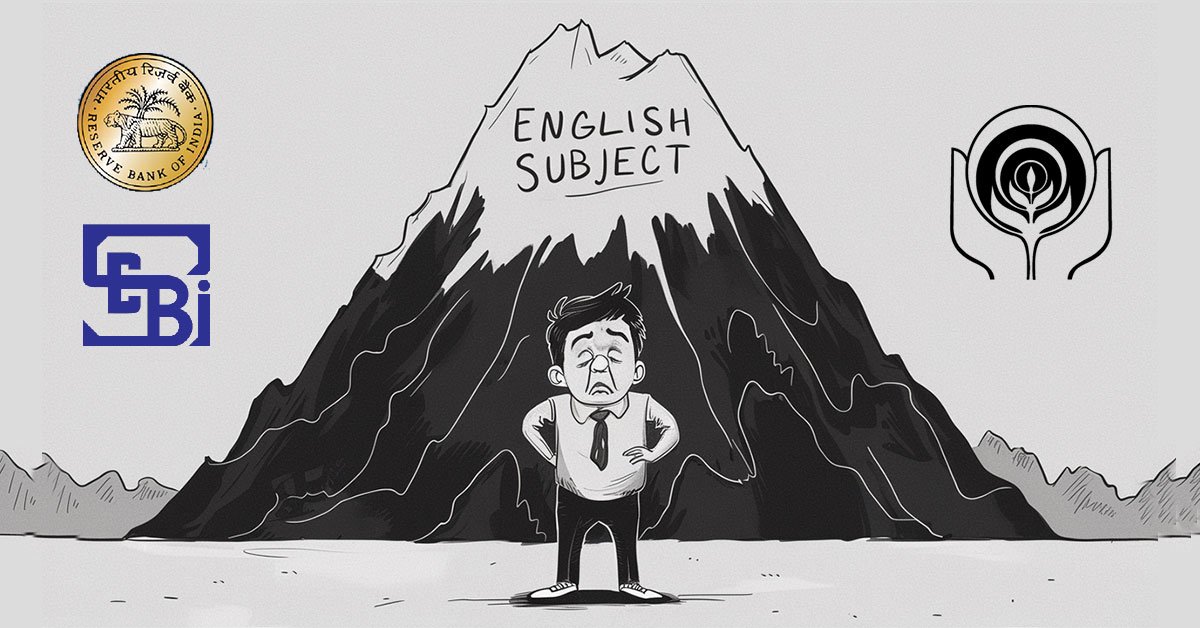Got Questions? We’ve Got Answers!
📚 Whether it’s about exams, career advice, or daily doubts, don’t hesitate—ask away!
💡 Daily Current Affairs Quiz | Daily Quiz for UPSC
💡 Your Learning Partner Is Just a Click Away!
👉 Click here to Ask Your Question Now and get clear, reliable answers from experts.
Daily Current Affairs
5 February, 2025
1. What is the primary objective of SEBI’s new algorithmic trading regulations?
A) To ban algorithmic trading in India
B) To increase market volatility
C) To enhance transparency and safety in retail algo trading
D) To allow only institutional investors to use algo trading
E) To eliminate manual trading completely
Answer: C) To enhance transparency and safety in retail algo trading
Explanation: SEBI’s new regulations aim to ensure transparency, risk management, and compliance in algorithmic trading by strengthening brokers’ responsibilities and introducing authentication measures.
2. What is the new Kisan Credit Card (KCC) loan limit set by the government?
A) ₹2 lakh
B) ₹3 lakh
C) ₹5 lakh
D) ₹7 lakh
E) ₹10 lakh
Answer: C) ₹5 lakh
Explanation: The government has increased the KCC loan limit from ₹3 lakh to ₹5 lakh to provide better financial support to farmers.
3. What is the purpose of the Trade Assistance Programme (TAP)?
A) To assist MSMEs in managing compliance costs
B) To regulate stock market transactions
C) To improve foreign exchange reserves
D) To provide direct cash transfers to exporters
E) To eliminate customs duties on all imports
Answer: A) To assist MSMEs in managing compliance costs
Explanation: TAP is designed to support MSMEs by providing assistance in handling non-tariff barriers such as the EU carbon tax and the US turtle exclusion device rules.
4. How does Partial Credit Enhancement (PCE) help companies?
A) By increasing stock market investments
B) By reducing corporate tax liabilities
C) By helping low-rated companies improve bond ratings
D) By ensuring a fixed interest rate on loans
E) By eliminating the need for financial audits
Answer: C) By helping low-rated companies improve bond ratings
Explanation: PCE allows low-rated firms to enhance their bond ratings, making them more attractive to institutional investors.
5. What is a major reason behind the growth of gold-backed loans in India?
A) Falling interest rates in the economy
B) Rising gold prices and RBI’s stricter unsecured loan rules
C) Government subsidies on gold purchases
D) Increase in RBI’s gold reserves
E) Ban on other types of collateral loans
Answer: B) Rising gold prices and RBI’s stricter unsecured loan rules
Explanation: The demand for gold-backed loans increased due to higher gold prices and RBI’s tightening of unsecured lending rules, making gold an attractive collateral option.
6. Which U.S. policy led to the deportation of 205 Indian nationals?
A) America First Act
B) Border Security and Immigration Reform Act
C) Illegal Immigration Crackdown
D) Secure Borders Act
E) Immigration Equality Act
Answer: C) Illegal Immigration Crackdown
Explanation: The deportation was part of the U.S. administration’s crackdown on illegal immigration, which has increased under stricter enforcement measures.
7. Which Indian state is drafting a Uniform Civil Code (UCC) bill for potential national implementation?
A) Maharashtra
B) Uttar Pradesh
C) Gujarat
D) Karnataka
E) Rajasthan
Answer: C) Gujarat
Explanation: The Gujarat government has formed a committee to draft a UCC bill, which aims to create uniform personal laws across religions in India.
8. What is a key focus of India’s new ₹10,000 crore Fund of Funds scheme?
A) Expanding the real estate sector
B) Supporting manufacturing and high-tech startups
C) Increasing government bonds in the stock market
D) Providing loans for MSME exporters
E) Promoting agriculture research
Answer: B) Supporting manufacturing and high-tech startups
Explanation: The new Fund of Funds aims to boost domestic production and innovation by providing financial support to manufacturing and high-tech startups.
9. Why has China imposed new tariffs on U.S. goods?
A) To increase domestic revenue
B) In retaliation against U.S. trade restrictions
C) To reduce dependence on American imports
D) Due to declining economic growth in China
E) To promote local agricultural industries
Answer: B) In retaliation against U.S. trade restrictions
Explanation: China imposed new tariffs on U.S. goods in response to American trade restrictions, escalating the ongoing trade war between the two nations.
10. What is one key strategy India is using to manage its fiscal deficit?
A) Reducing corporate tax rates
B) Increasing foreign borrowings
C) Allocating 3.1% of GDP for infrastructure investments
D) Decreasing the minimum wage
E) Printing more currency
Answer: C) Allocating 3.1% of GDP for infrastructure investments
Explanation: The government’s strategy to reduce the fiscal deficit includes significant capital expenditure on infrastructure, aiming for long-term economic growth.















